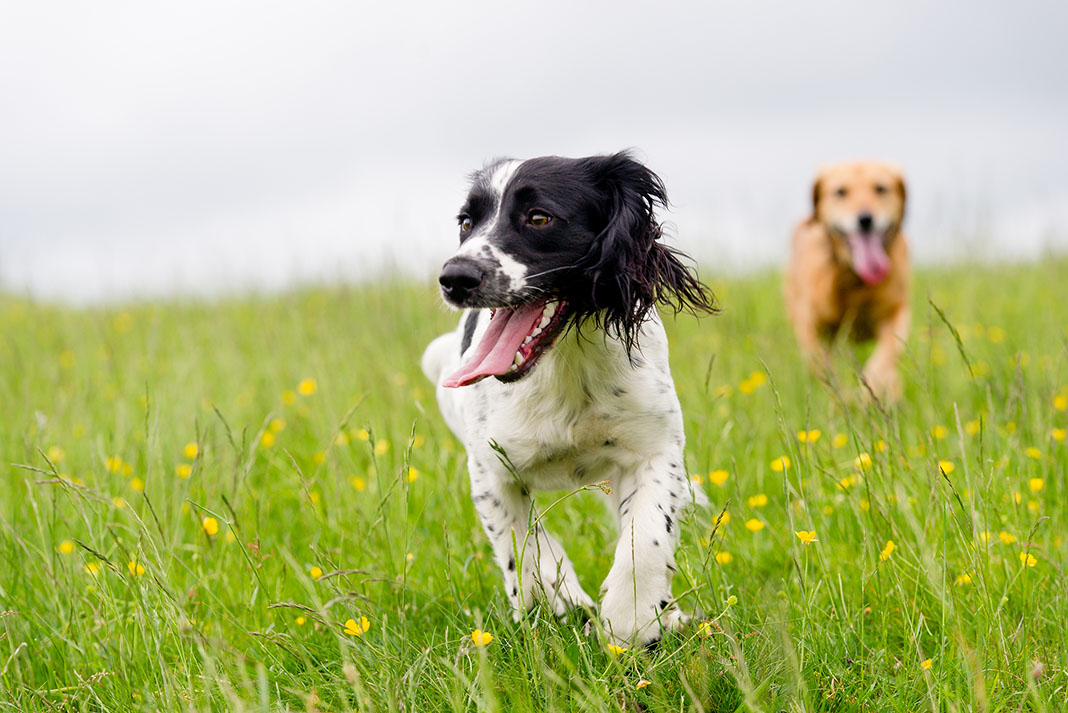pet advice
Grass seeds - your pets worst enemy
words by
catherine harper // Barossa Veterinary clinic

They come in all shapes and sizes, but once they head in, they rarely come out! I am talking about grass seeds.
With the plentiful winter and spring rains there is plenty of grass (and weeds!) about, and with them comes the constant challenge of seeds.
Grass seeds are designed to stick into things to allow them to be transported to new areas and establish.
Our pet’s coats (and indeed our socks…) are the perfect vehicle for transporting seeds; unfortunately, they also often cause issues by penetrating further.
Grass seeds commonly get lodged in pet’s ears, feet and noses, but anywhere on their coat or body can be susceptible.
Changes in your pet’s behaviour are the biggest clues to a grass seed being present and can include:
Sudden onset head shaking and rubbing.
Sudden onset sneezing, coughing and reverse sneezing.
Licking at a foot (or other body area) where they have not previously.
Swallowing funny or being a bit reluctant to eat.
Lameness.
Discharge and swelling from between toes.
If you notice any of these signs in your pet, then it is important to organise a vet visit as soon as possible.
If left, the seeds can penetrate deeper and cause significant issues; in the ear they can perforate the ear drum and cause infection, up the nose they can lodge in a sinus and cause chronic inflammation and sneezing, in feet they can travel under the skin right up the leg or migrate around in the foot itself.
In our practice, we have had seeds that have started in the armpit and travelled all the way to the flank area under the skin, causing swellings, abscess and significant discomfort in the process.
In the most severe cases they can travel into the lungs or abdomen, causing life threatening disease.
There are many home remedies, especially for grass seeds in ears, that you may read about on Google; they are not effective and can make the situation worse.
Once a seed has gone in an ear, it will rarely come out by itself, please seek veterinary assessment.
Prevention is the best way to keep you pet safe.
Keeping grassed areas at home mowed short and collecting all clippings as well as avoiding areas of tall grass on walks and off lead time will help avoid exposure.
Daily checking and removal of any seeds from between pet’s toes, and around their tail and anus (especially for fluffy animals).
For those with hairy feet, a ‘poodle clip’, where the hair is cut back very short is a good idea to help facilitate the checking between the toes, because grass seeds can fool even the most diligent of owners.
Finally, be aware this is not just a dog problem, fluffy cats are quite prone to issues and horses can get significant issues from seeds stuck in their mouth around their teeth.
So…be vigilant, this is a great opportunity to spend an extra few minutes cuddling your pet, checking for seeds and saving you and them a vet visit!






